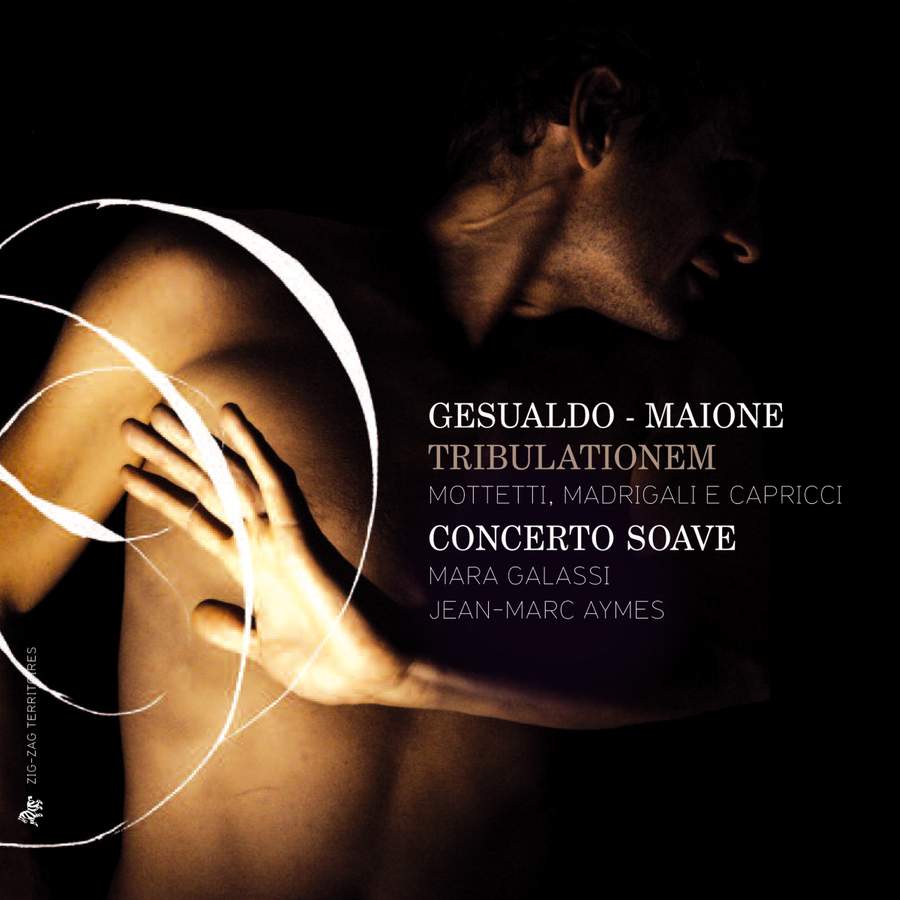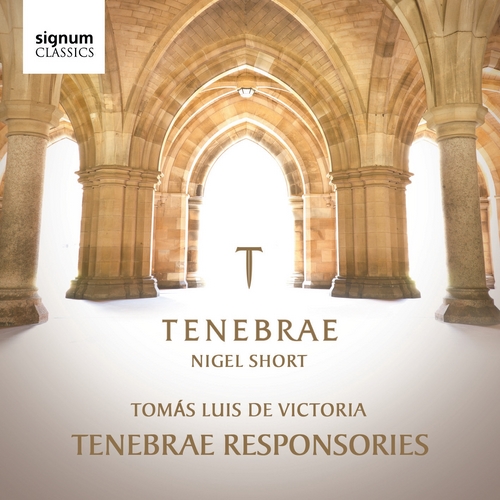Program: #14-16 Air Date: Apr 14, 2014
To listen to this show, you must first LOG IN. If you have already logged in, but you are still seeing this message, please SUBSCRIBE or UPGRADE your subscriber level today.
Recent release of pieces for Passiontide including works by Lassus, Victoria, Gesualdo, and Jacques Arcadelt..
I. Gesualdo - Maione: Tribulationem (Concerto Soave/Jean-Marc Aymes). Zig-Zag Territoires CD ZZT 319.

This programme does full justice to the modernity of Carlo Gesualdo, Prince of Venosa (1561-1613), covering both his sacred music and his madrigals. It reproduces all the subtlety and chromaticism of his music, strictly respecting the temperament used in the composer’s time.An added attraction of this disc is that it alternates the Prince’s works with the music of his contemporary Ascanio Maione, scored for harp, harpsichord and organ. A timely commemoration of the 400th anniversary of the death of Carlo Gesualdo, this recording showcases the outstanding artistry of the ensemble Concerto Soave and its director Jean-Marc Aymes.
II. Jacques Arcadelt: Sacred Works (Josquin Capella/Meinolf Brueser) CPO CD 777 763-2.

The musical forces of the Josquin Capella led by Meinolf Brüser perform the sacred works by Jacques Arcadelt on this new CD. Josquin Capella is vocal ensemble famed for its mastery of the high Renaissance – spanning the late fifteenth and sixteenth centuries.Arcadelt celebrated success during his lifetime above all with secular music and today is regarded as one of the founders of the Italian madrigal. However, he did invest a significant amount of time writing sacred music which is lesser known.
Estote fortes in bello;
Missa “Ave regina caelorum”;
Istorum est enim regnum caelorum;
Domine, non secundum peccata nostra;
Pater noster;
Lamentationes Jeremiae. Res Sordes eius;
O pulcherrima mulierum.
III. TOMAS LUIS de VICTORIA: Tenebrae Responsories (Tenebrae/Nigel Short). Signum CD SIGCD 344.

IV. Lassus: Lagrime di San Pietro (Gallicantus/Gabriel Crouch). Signum CD SIGCD 339.

Gallicantus (Latin for ‘song of the rooster’) add to their already impressive catalogue of works on Signum with this new recording. Their previous release The Word Unspoken: Sacred Music by William Byrd and Philippe de Monte was picked as a critics' choice disc 2012 by BBC Radio 3 CD Review.
Composer Info
Carlo Gesualdo (1561-1613), Ascanio Maione, Jacques Arcadelt, Tomás Luis de Victoria, Orlande de Lassus,
CD Info
Zig-Zag Territoires CD ZZT 319, CPO CD 777 763-2, Signum CD SIGCD 344, Signum CD SIGCD 339